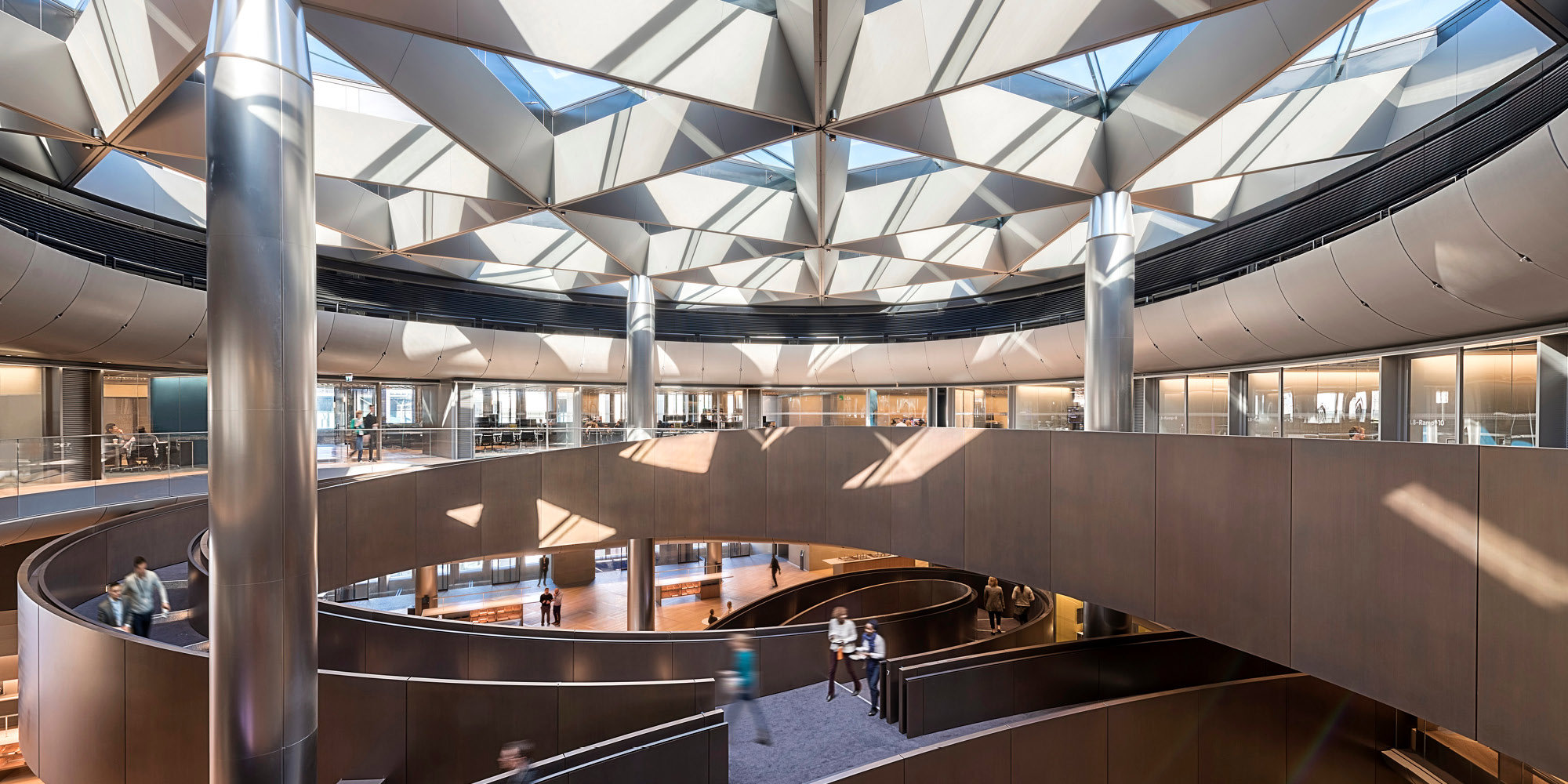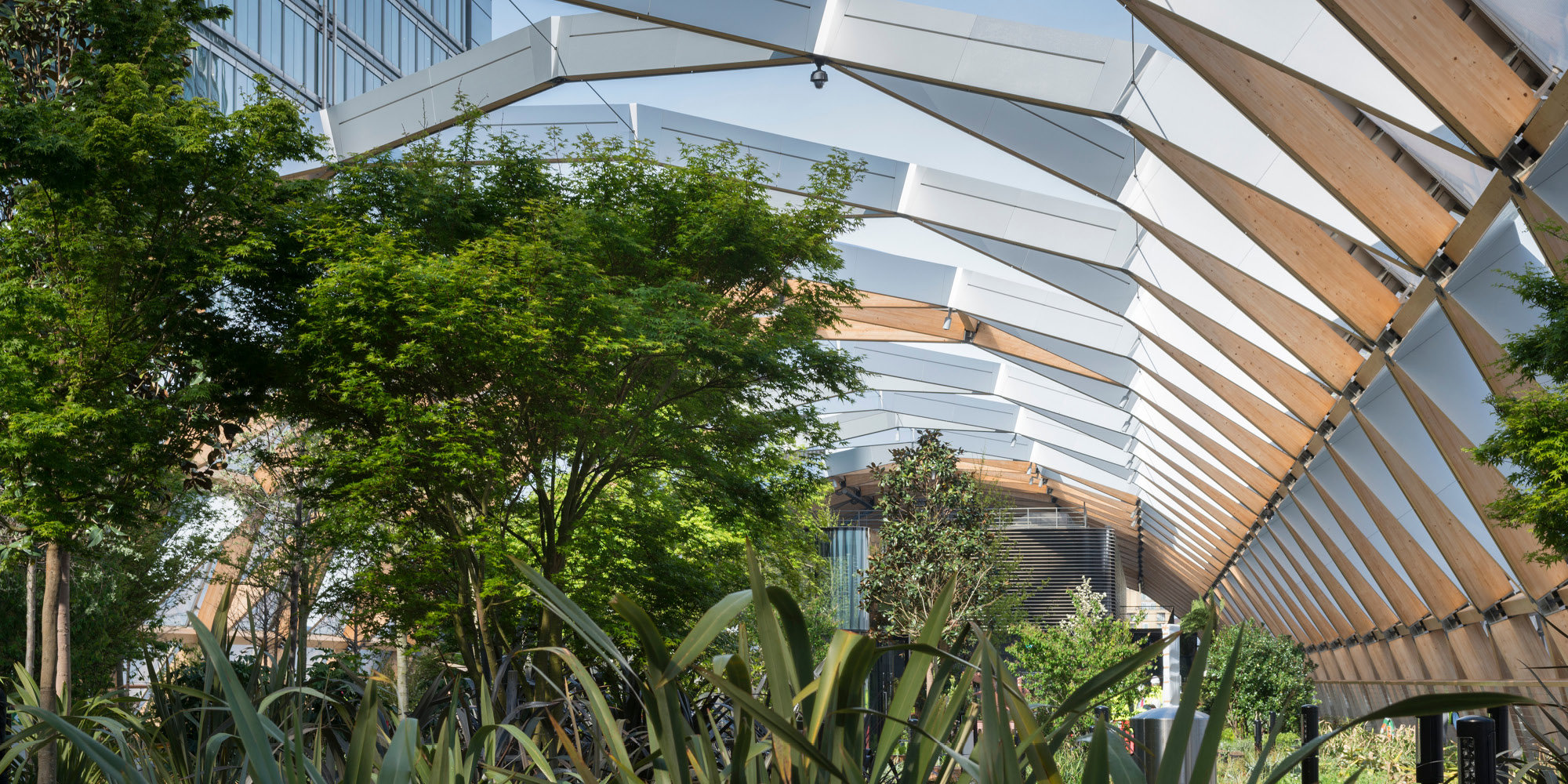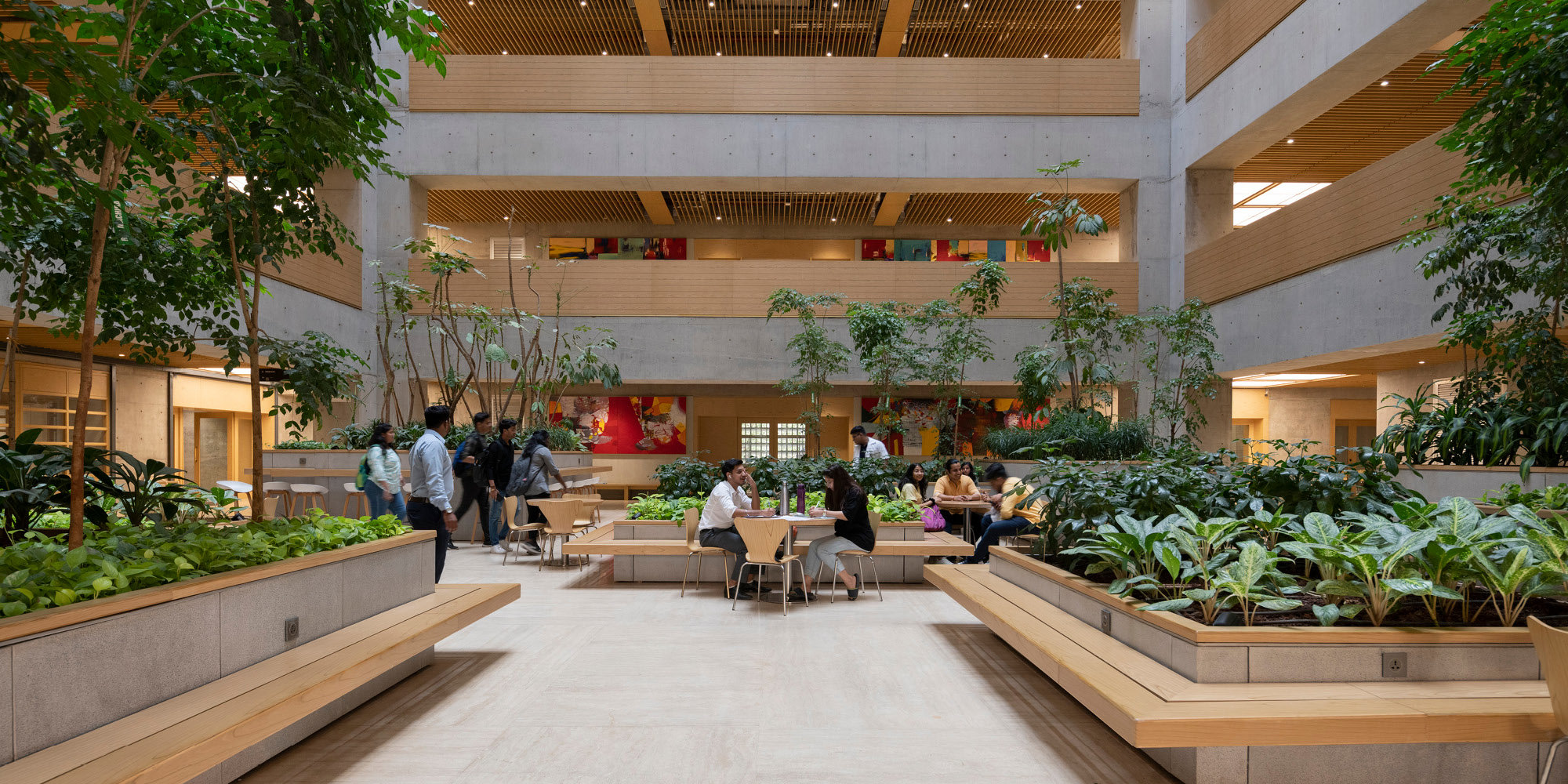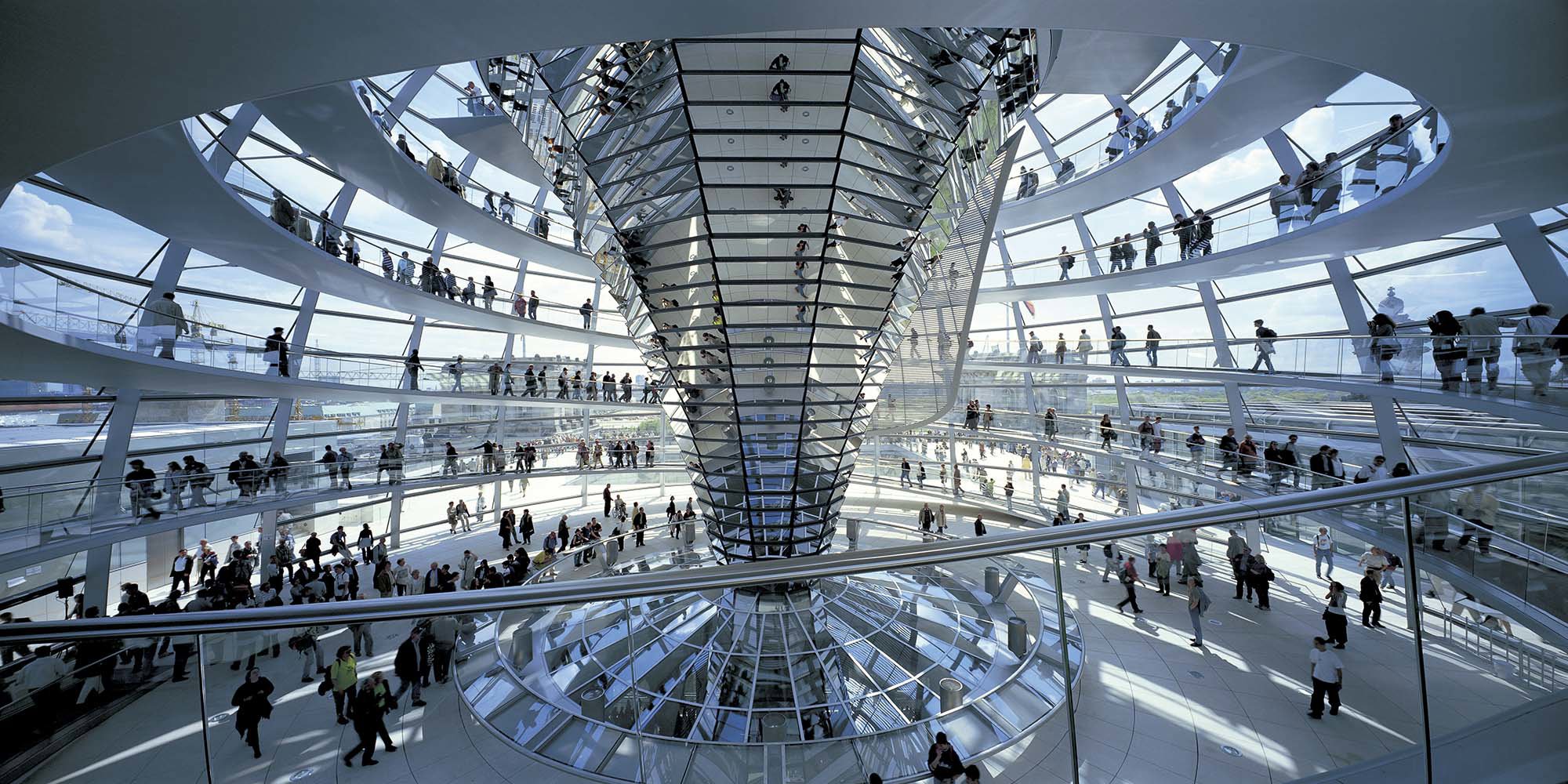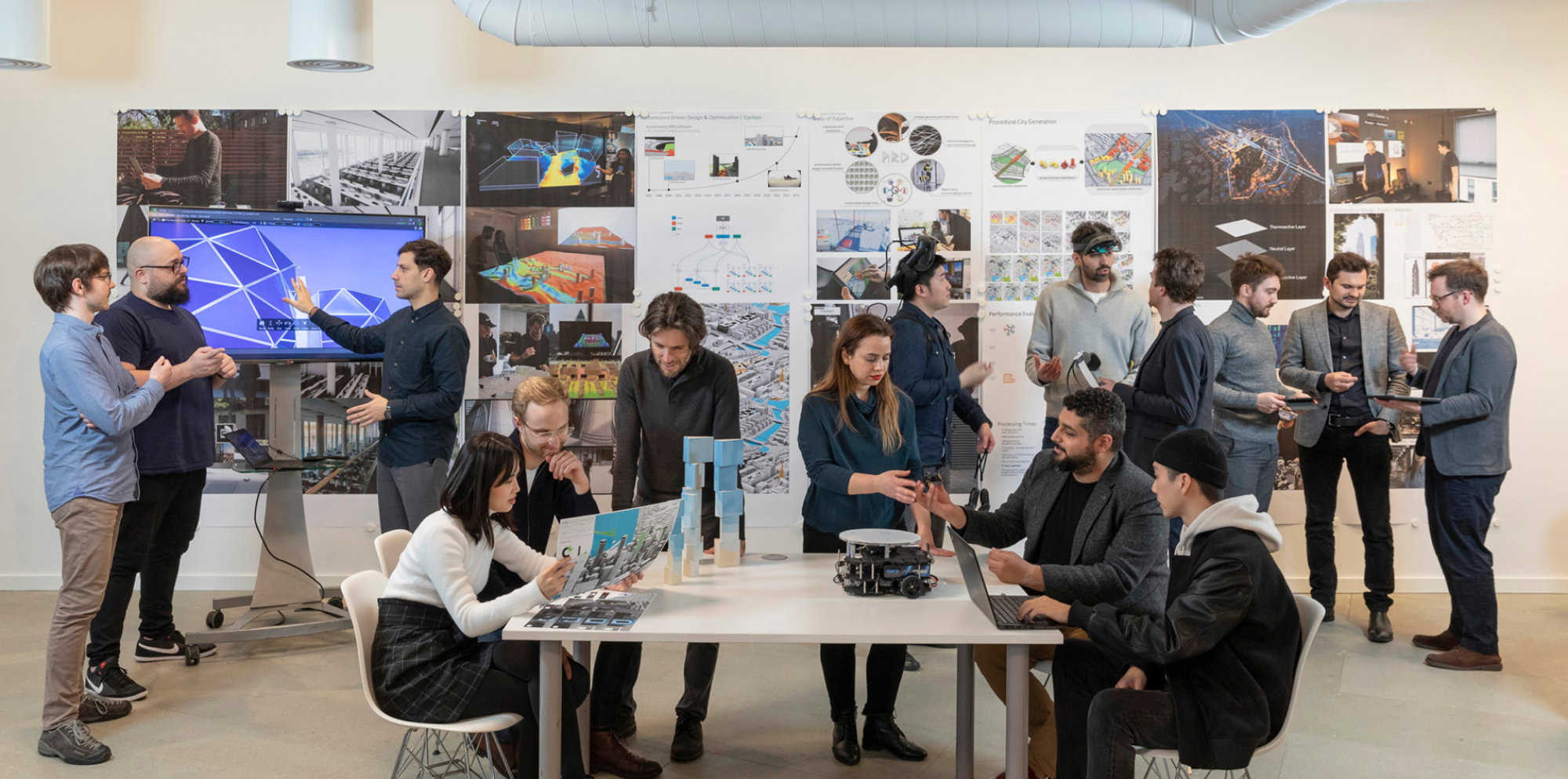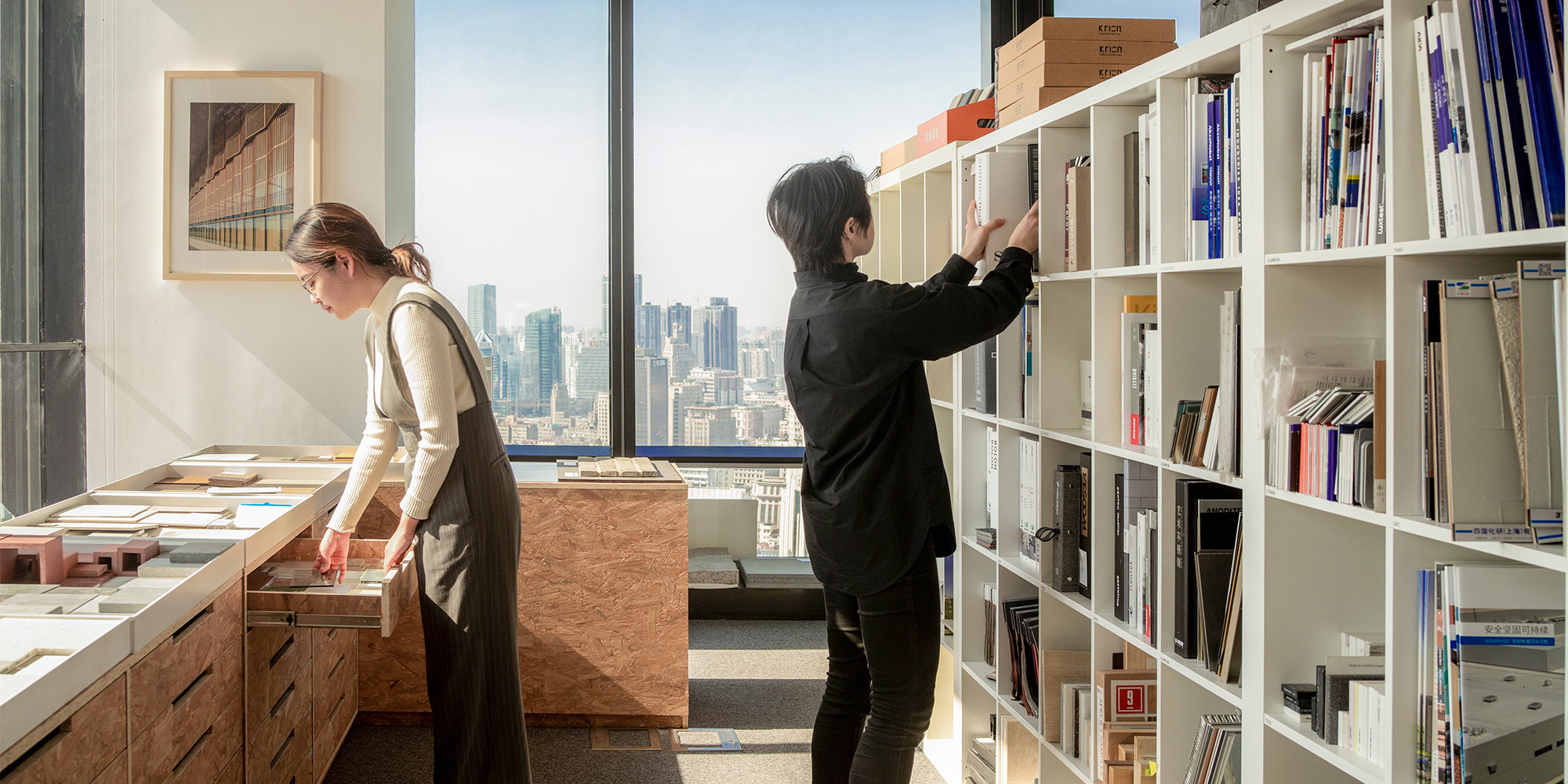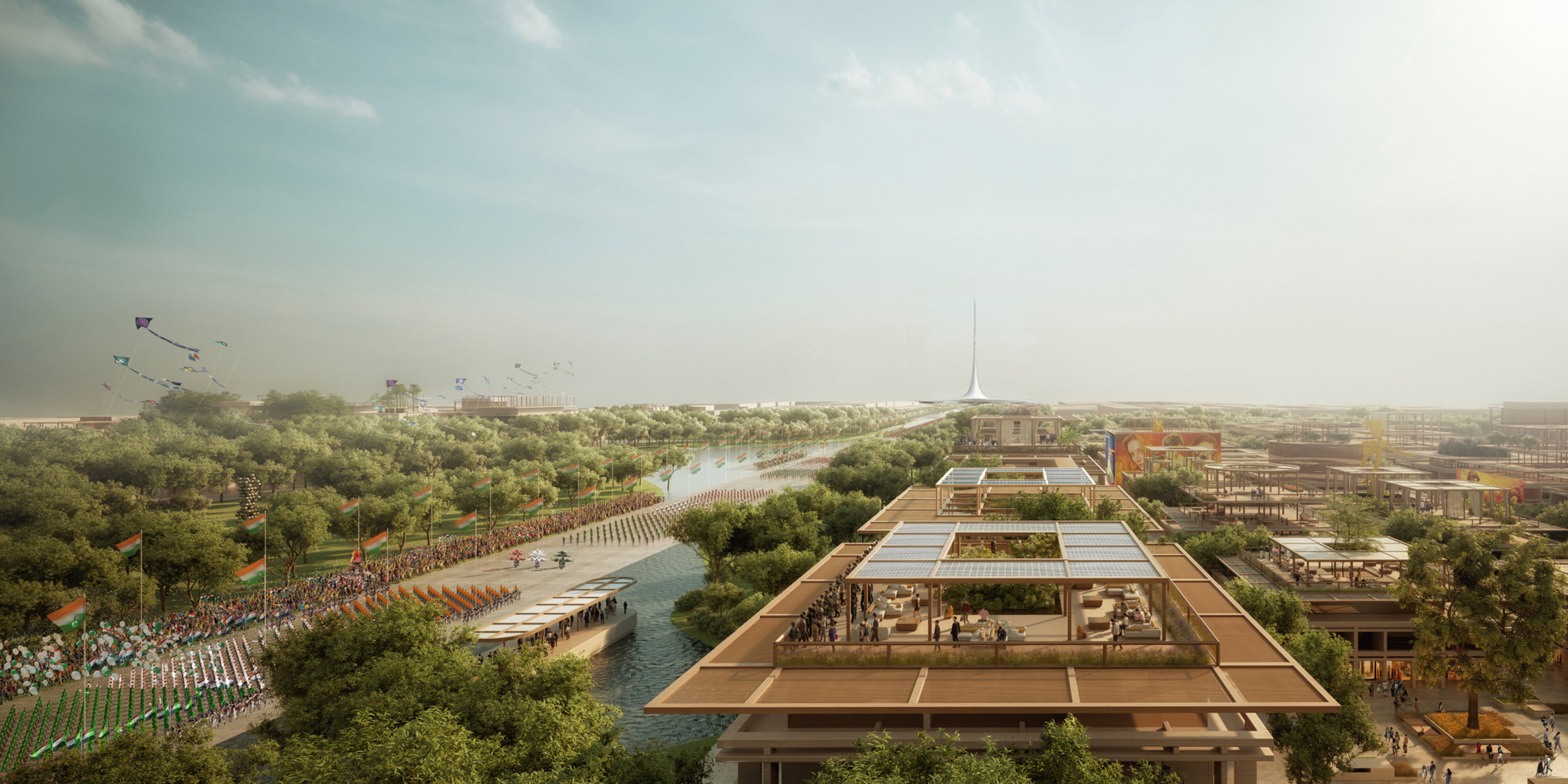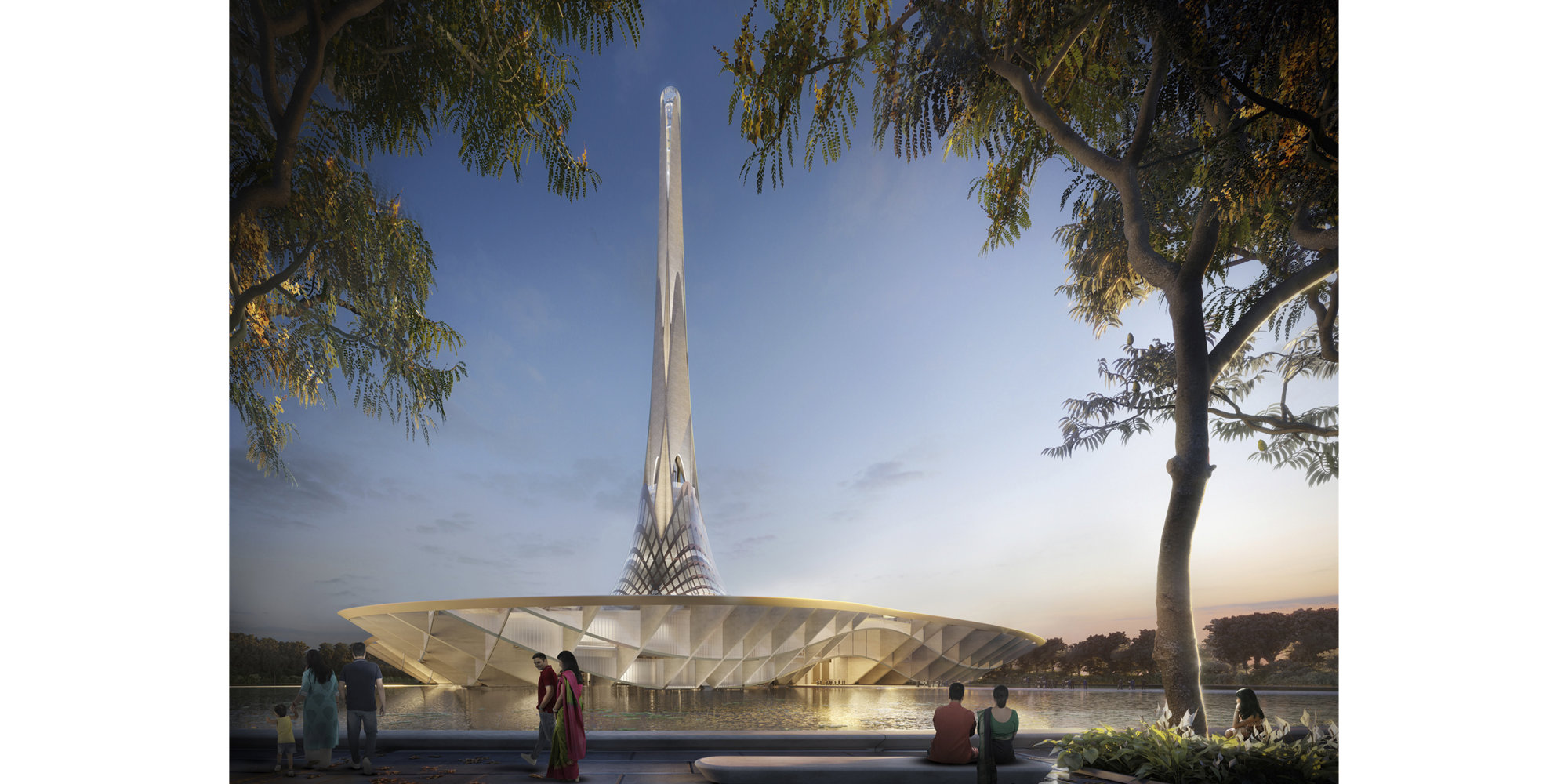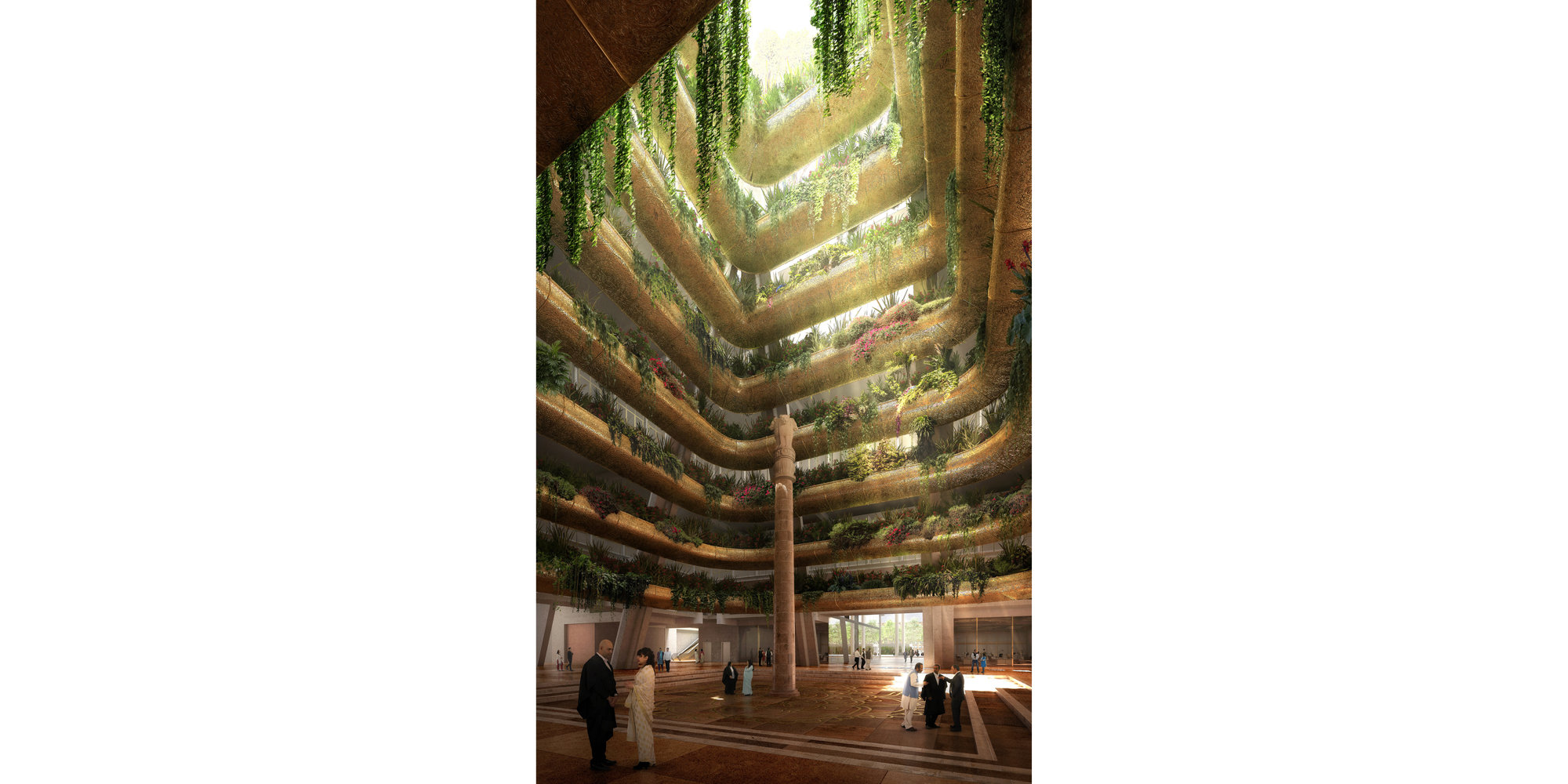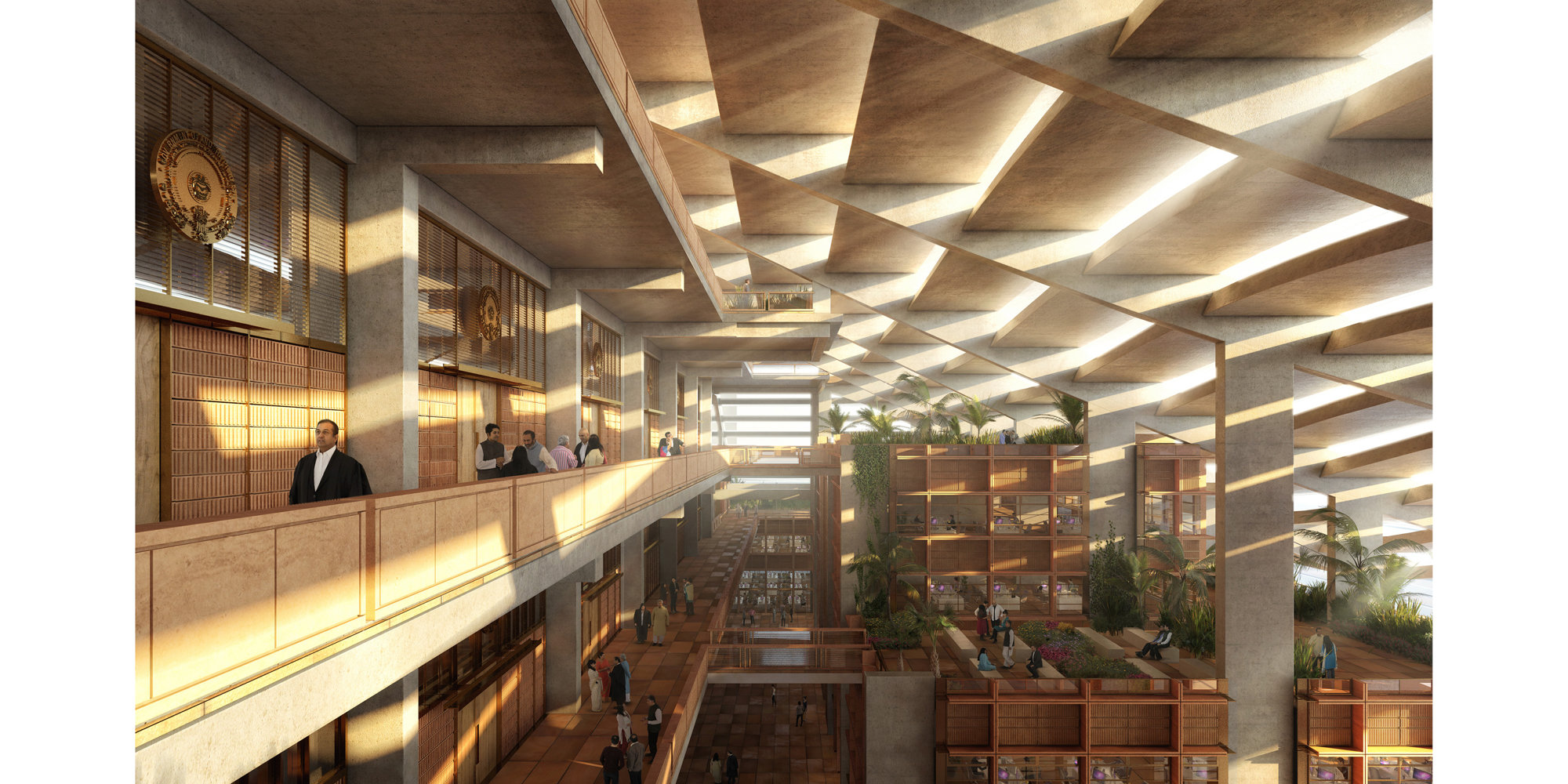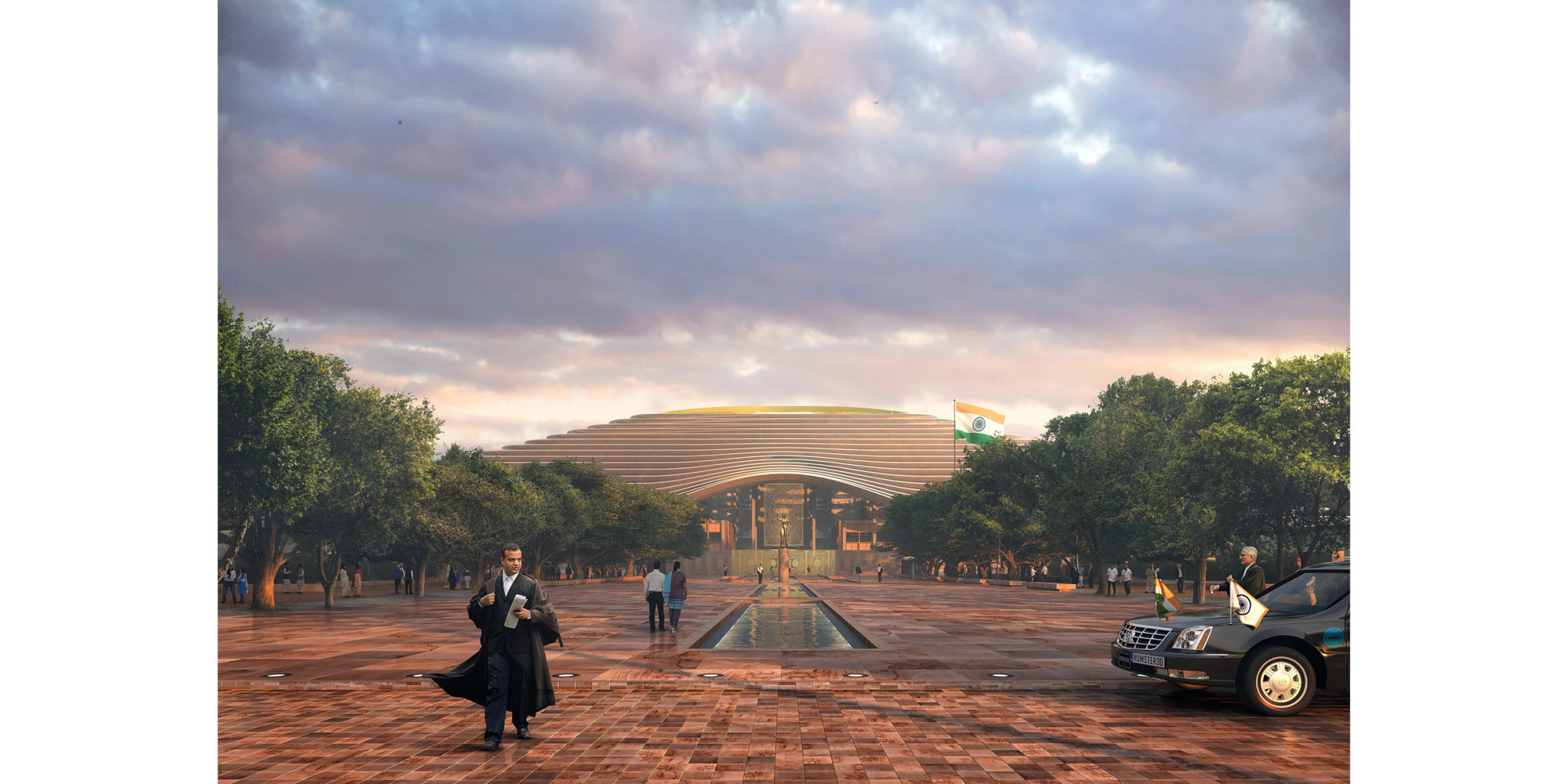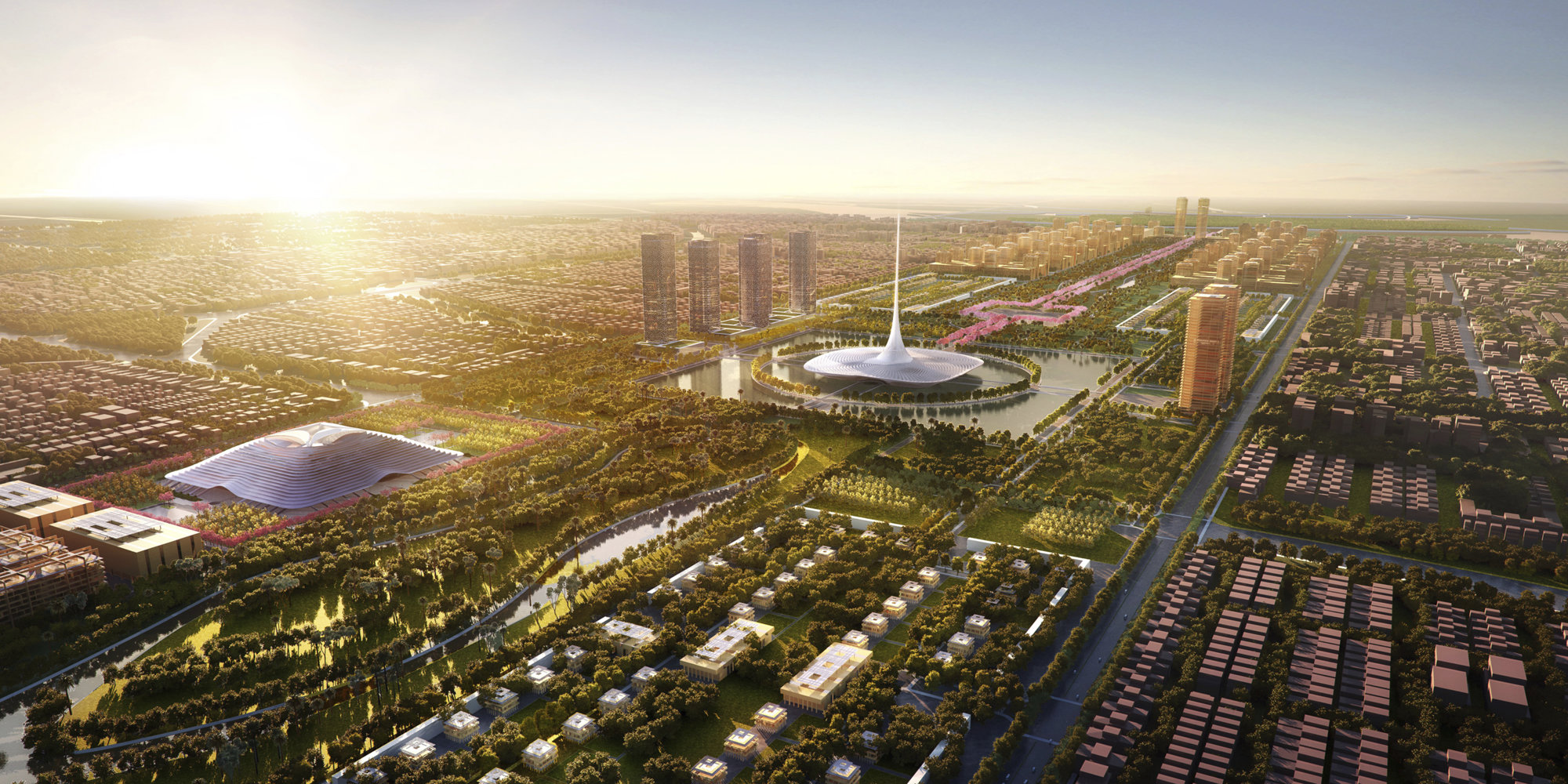Today, a ceremony was held to relaunch the Amaravati masterplan, with the Prime Minister of India, Narendra Modi, and Chief Minister of Andhra Pradesh, N. Chandrababu Naidu, laying the foundation stone to kickstart the project. The new administrative capital of the Indian state of Andhra Pradesh, Amaravati was born following the redefinition of state boundaries between Andhra Pradesh and the newly created state of Telangana. Foster + Partners is designing the central focus of the 217-square-kilometre city, including the design of the Legislature Assembly, Secretariat, and High Court Complex.
Chris Bubb, Senior Partner, Foster + Partners, said: “Today is an exciting next step for this landmark project. Our design celebrates the heritage of Andhra Pradesh, creates an accessible and connected green community, and will be one of the most sustainable urban developments in the world with holistic environmental, energy, transport, and water strategies.”
Situated on the banks of the River Krishna, the new city is strategically positioned to benefit from an abundant supply of fresh water. 60 percent of the development is covered by water or greenery – and a clearly defined green spine runs through its length, providing the foundation of the masterplan’s environmental strategy. The city has been designed to the highest standards of sustainability, including the widespread use of solar energy. The transportation strategy includes electric vehicles, water taxis, and dedicated cycle routes, along with shaded streets and squares that will encourage walking.
Measuring 7 kilometres x 1 kilometre, the governmental complex is at the heart of the city, defined by a strong urban grid. Travelling south from the river’s edge, there is a mixed-use quarter structured around 13 urban plazas – one for each of Andhra Pradesh’s 13 state districts. At the centre of the green spine is the Legislative Assembly, a democratic and cultural focus for the people of Andhra Pradesh. The Legislature sits within a freshwater lake, framed by the Secretariat and cultural buildings. It will be softly illuminated at night, acting as a beacon for the wider development.
The High Court Complex is located off the central axis, with a stepped roof form reflecting India’s ancient stupas. The rooftop’s solar panels generate all the building’s operational energy and its large fin shades allow fresh air to flow through the complex. At its heart, a vibrant garden is open to the elements and provides a social space for the public and officials alike.
